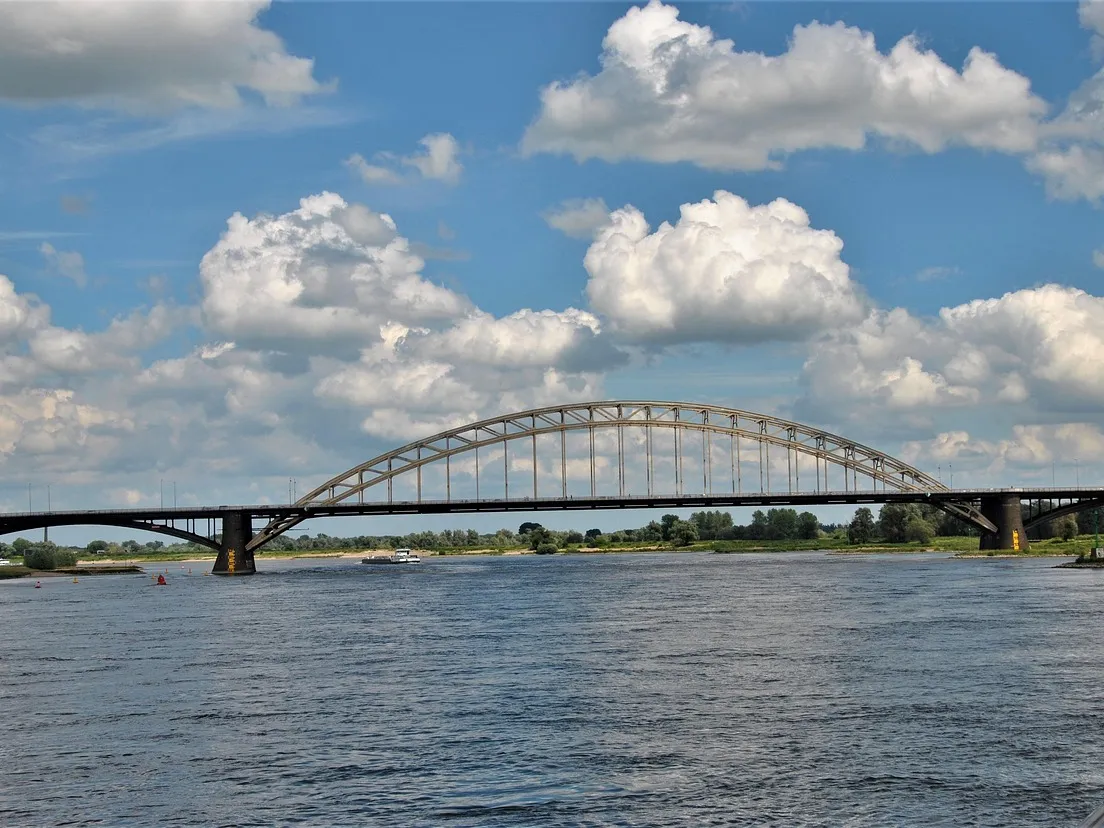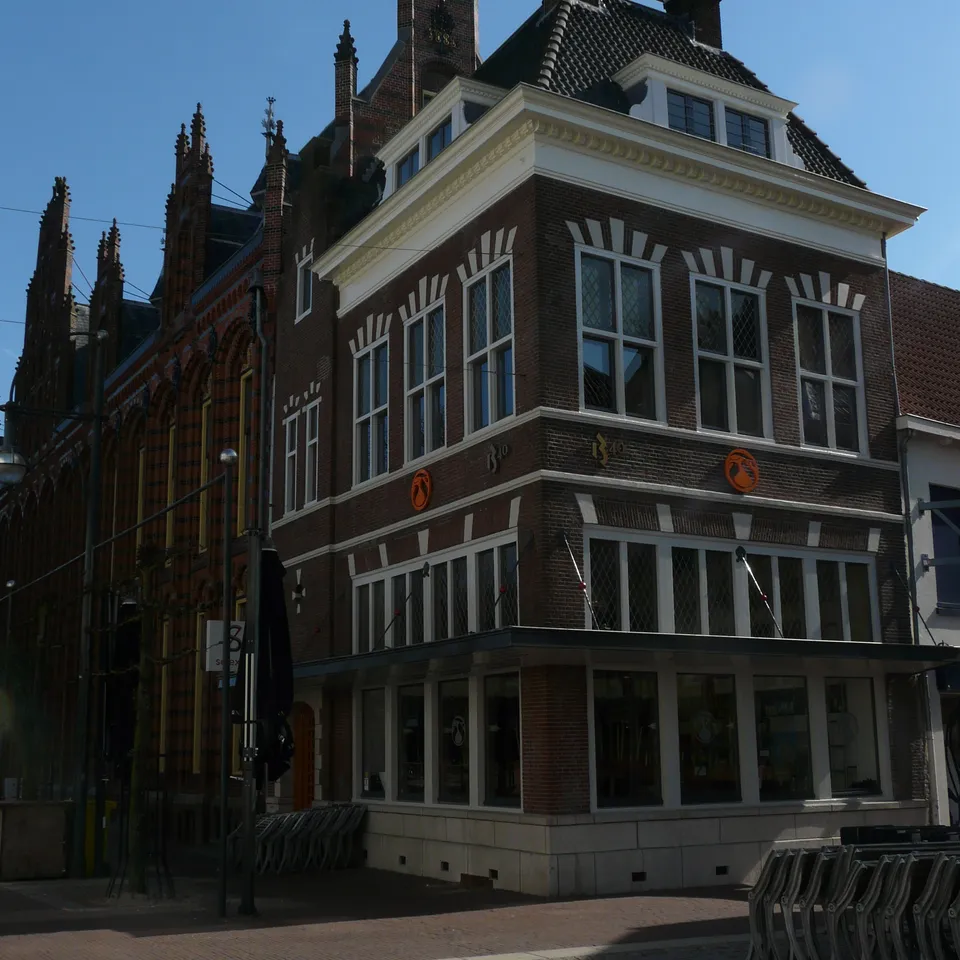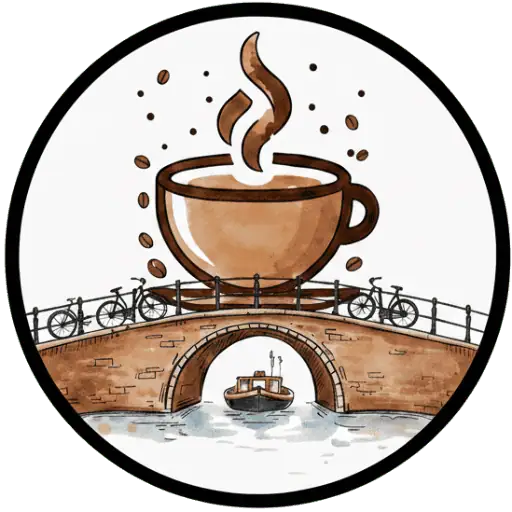
Gelderland weaves coffee heritage with modern espresso, sustainable roasters and lively festivals. From Arnhem’s oldest Oranje Koffiehuis to Nijmegen pop‑ups serving cold brew and circular projects using coffee grounds, every sip reflects craftsmanship, community and a green future for the entire province.
Roasters in Gelderland
No roasters have been found yet.
Cities in Gelderland

Arnhem
Arnhem grew from colonial coffee trading into an innovative coffee city where Peeze and new cafés combine craftsmanship, plant-based choices, latte art and circular initiatives, allowing consumers to experience quality, conviviality and sustainability in every cup, where networks of local talents and flavour trends converge
More about Gelderland
Coffee in Gelderland: A vibrant landscape
Gelderland has a vibrant coffee sector that unites history, craftsmanship, and sustainability. Provincial cities such as Arnhem, Nijmegen, and Zutphen are filled with cafés where conversation, culture, and espresso go hand in hand. Thanks to centuries of commercial spirit and recent innovations, the region continues to keep pace with national coffee trends. This overview sketches the origins, driving forces, and future of coffee in Gelderland.
A history full of flavour
Coffee reached the Netherlands via Amsterdam in the 17th century and soon also made its way to Gelderland. By the 18th century, local coffee houses were part of everyday street life, offering space for trade, politics, and social gatherings. In Zutphen, De Pelikaan started in 1816 as a grocery shop but from 1920 evolved into a dedicated coffee and tea specialist with a modern electric roaster. Their success showed how early craftsmanship took root in the province.
Arnhem gained the Oranje Koffiehuis in 1870, still known today as the city's oldest café‑living room. Nine years later, Koffiebranderij Peeze was founded in Hengelo (Gld) and later moved to Arnhem. In the 1950s, Peeze even sent family members to Italy to learn espresso roasting, which led the first Dutch espresso bar in Amsterdam to use their beans. In this way, a Gelderland roaster fired the starting shot for modern espresso culture.
Roasters that make a difference
- Peeze (Arnhem), founded in 1879, supplies 100% certified, climate‑neutral blends nationwide to the hospitality sector and offices.
- Hesselink Koffie (Winterswijk) uses 850 solar panels, recovers heat and supports farmers through its own foundation.
- De Pelikaan (Zutphen) serves more than 7,000 regular customers and still mails family recipes from 1920.
- Blommers Coffee Roasters (Nijmegen) focuses on transparent sourcing, microlots and training for home baristas.
- Emerging micro‑roasters such as Van Rossum’s Koffie and TUKA explore direct trade and agroforestry for niche markets.
Events that connect
In 2002, Peeze organised the first National Barista Championships, a competition that put latte art and espresso craftsmanship on the national map. Arnhem cafés serve as stages for music and theatre during the Café Theater Festival, linking coffee drinking with culture. Informal “Coffee Mornings” by Arnhem Together demonstrate month after month how a simple cup brings newcomers and neighbours together. In Nijmegen, pop‑ups and block parties with free cold brew create an accessible street‑festival vibe. Even on King’s Day, mobile espresso carts pop up so revellers are never without a fresh brew.
Consumers and their cup
Dutch people drink an average of 150 liters of coffee per person per year, and people in Gelderland are no exception. The traditional drip pot has made way for fully automatic machines and espresso makers that freshly grind beans for more flavor. Where black coffee used to be the standard, guests now just as easily ask for a cappuccino after dinner, a habit that raises eyebrows in Italy but remains beloved here.
Variety takes center stage: from the classic koffie verkeerd to ice‑cold white‑chocolate lattes. Specialty bars such as Prüt (Arnhem) and PUCK (Nijmegen) serve single‑origin filter coffee, prompting younger generations to consciously choose nuanced flavors. At the same time, demand for ethical beans is growing; TUKA was praised by Fairtrade Nederland as one of the fairest brands thanks to agroforestry and social impact in its packaging.
Sustainable strength
Arnhem pioneer Peeze introduced the first Fairtrade and climate‑neutral coffee package in the Netherlands in 2013. Since 2015 the roastery has been roasting fully CO₂‑neutral using heat recovery and wind energy, ensuring every cup leaves only a minimal footprint. This example inspires colleagues inside and outside the province.
Hesselink packs its beans in recyclable mono‑film and gives coffee grounds a second life through RotterZwam and Unwaste, which produce mushrooms and soap respectively. In Nijmegen Versfabriek transforms 15 000 kilos of collected grounds a year into oyster mushrooms for local restaurants, a fine example of the circular economy.
Conclusion
The coffee sector in Gelderland shows how tradition and progress reinforce each other. Historic cafés, innovative roasters and ambitious sustainability projects keep the region moving forward. Each sip is therefore not only delicious but also a story of craftsmanship and responsibility. The next time a fresh steaming cup sits in front of you, think of the journey it has taken through Gelderland.
